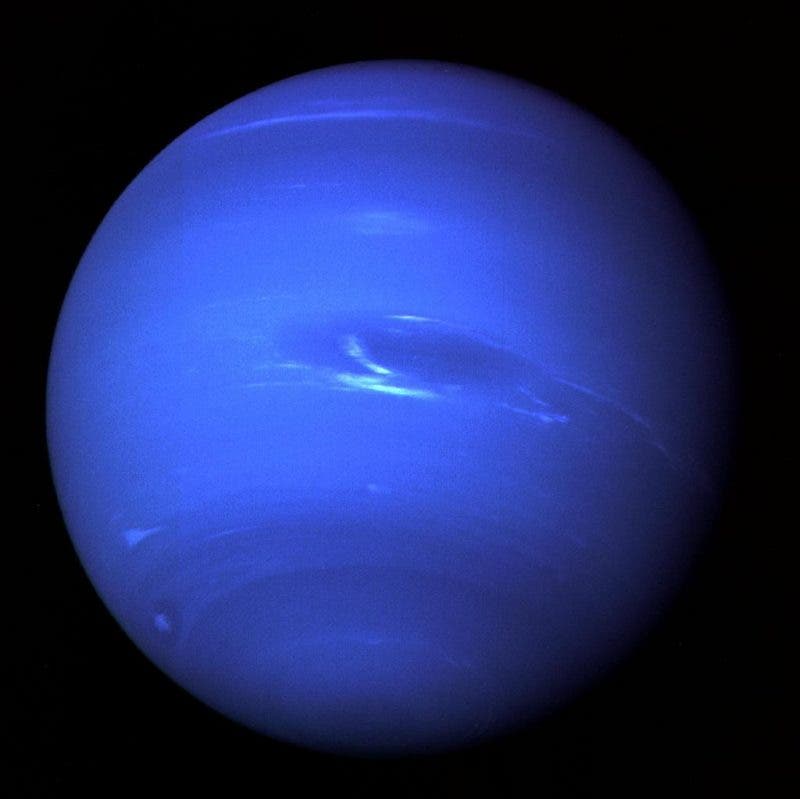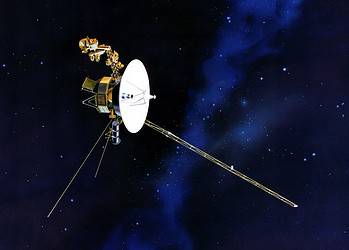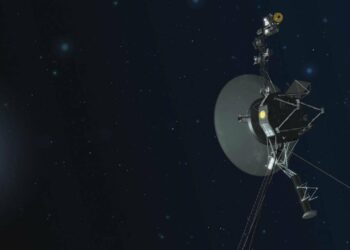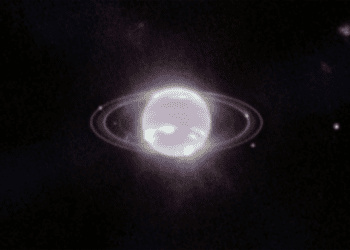Thirty years ago, NASA’s Voyager 2 mission flew by Neptune, capturing the first detailed images of the gas giant. Before this, Neptune was only known as a fuzzy blue dot.

Voyager 2 was launched in 1977, to study the outer planets and to date, is the only shuttle to visit the icy planets Uranus and Neptune. Its primary mission ended with the exploration of the Neptunian system on October 2, 1989, after it conducted a grand tour of the solar system’s gas giants: Jupiter, Saturn, Uranus, and Neptune. It was to Neptune what New Horizons is now to Pluto, helping us gain a close view of a planet we only vaguely knew beforehand.
“We had the opportunity to get a close flyby with Voyager 2,” said Suzanne Dodd, Voyager Project Manager. “Because of the planetary alignment when the probes launched in 1977, the four giant outer planets were all aligned on the same side of the sun, so we could go from one to the next to the next. It was a really great opportunity.”
Voyager 2 discovered previously unknown Neptunian rings and confirmed six new moons: Despina, Galatea, Larissa, Proteus, Naiad and, Thalassa. It also identified the “Great Dark Spot”, which seems to have disappeared since, according to observations by the Hubble Space Telescope.
The picture above became the default image of Neptune as we know it. It was produced from the last whole planet images taken through the green and orange filters on the spacecraft’s narrow angle camera.
At its core, the Voyager missions were about pure science — expanding our understanding of the universe. Ed Stone, a professor of physics at Caltech and Voyager’s project scientist since 1975, said:
The Voyager planetary program really was an opportunity to show the public what science is all about. Every day we learned something new.
Sending data to Earth wasn’t easy, but the Voyagers (Voyager 2 and Voyager 1, its sister mission) communicated with the Earth using Deep Space Network, which utilizes radio antennas at sites in Madrid (Spain), Canberra (Australia), and Goldstone (California). The three largest antennas at the time were 64 meters (210 feet) wide, and were expanded to 70 meters (230 feet) for the Neptune encounter. There was no internet at the time, Stone continues.
“One of the things that made the Voyager planetary encounters different from missions today is that there was no internet that would have allowed the whole team and the whole world to see the pictures at the same time. The images were available in real time at a limited number of locations.”
For more information about the Voyager mission visit https://voyager.jpl.nasa.gov/. For more images in the mission, visit https://voyager.jpl.nasa.gov/galleries/images-voyager-took/neptune/






